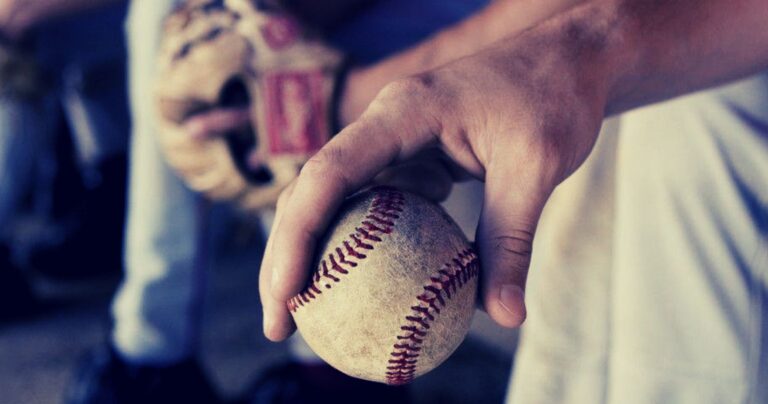Baseball – it’s the great American pastime. Throughout the country, people play and watch the game at all levels – from t-ball to the Major Leagues.
For baseball players of all ages who play often and at competitive levels, overuse injuries become a very real part of life. And while a few specific conditions do tend to crop up with batters, the most common baseball injuries are seen in pitchers. In this article, we’ll list the six most frequently seen conditions in pitchers and give you some ideas about how to prevent baseball injuries as well as treat them.
Six Common Baseball Injuries in Pitchers:
Six Common Baseball Injuries in Pitchers:
1. Muscle Strains: In recent years, Major League Baseball has seen as many as 20+ players going on the disabled list due specifically to oblique muscle strains. For pitchers, this occurs because the ability to rotate the body sharply and quickly is a key and repeated component of a pitcher’s job.
2. Labral tear: This shoulder injury occurs when the ring of fibrocartilage that surrounds the shoulder socket becomes torn. It is one of the more common shoulder baseball injuries. Many pitchers describe a “catching” feeling in the shoulder joint as the labrum becomes loose and the entire joint becomes unstable.
3. Rotator Cuff Injuries: The rotator cuff is a group of four muscles that coordinate the shoulder’s movement. The repetitive motion of overhead throwing can cause the tendons of the rotator cuff to become compressed as they pass through the shoulder joint, gradually leading to pain. Eventually, this condition, which is one of the most common baseball injuries, can progress to more severe tendonitis, often requiring a rest period of anywhere from a few weeks to a few months.
If one or more of the rotator cuffs muscles tear, the pitcher will feel a sudden pain in the shoulder that can also radiate down the arm.
4. Shoulder instability: At times, a pitcher may experience what is called “dead arm.” Dead arm results from the strain of overuse. When muscles become fatigued and the joint becomes unstable, the shoulder is no longer able to operate as it should. The good news related to this condition is that is often treatable with simple rest and does not have long-term consequences as other injuries do.
When the shoulder instability becomes more severe, the shoulder can dislocate or partially dislocate – a condition referred to as subluxation.
5. UCL sprain of the Elbow: The ulnar collateral ligament (UCL) of the elbow is situated on the inside of the joint and helps to provide stability for the throwing arm. This ligament can be strained due to repetitive use or because of a physical impact to the elbow joint. For most pitchers, of course, UCL injuries occur due to excessive use.
UCL strains are considered to be among the most common elbow baseball injuries affecting competitive pitchers. The telling signs of the condition are the loss of control of pitches, pain in the inner elbow, and overall joint instability. The injury can be addressed with a procedure called “Tommy John” surgery.
6. Thrower’s elbow: Often referred to as “thrower’s elbow” or “golfer’s elbow,” the technical term for this condition is medial epicondylitis. The pain occurs on the inside of the elbow and usually comes on gradually due to overuse. Occasionally, this kind of condition can develop acutely in pitchers who throw too hard or with incorrect technique.
If any of the above-described injuries match what you have experienced, then you should begin with some conservative treatment under a sports medicine physician’s care. If the following treatments prove to be unsuccessful, ask your doctor about more advanced treatment options.


